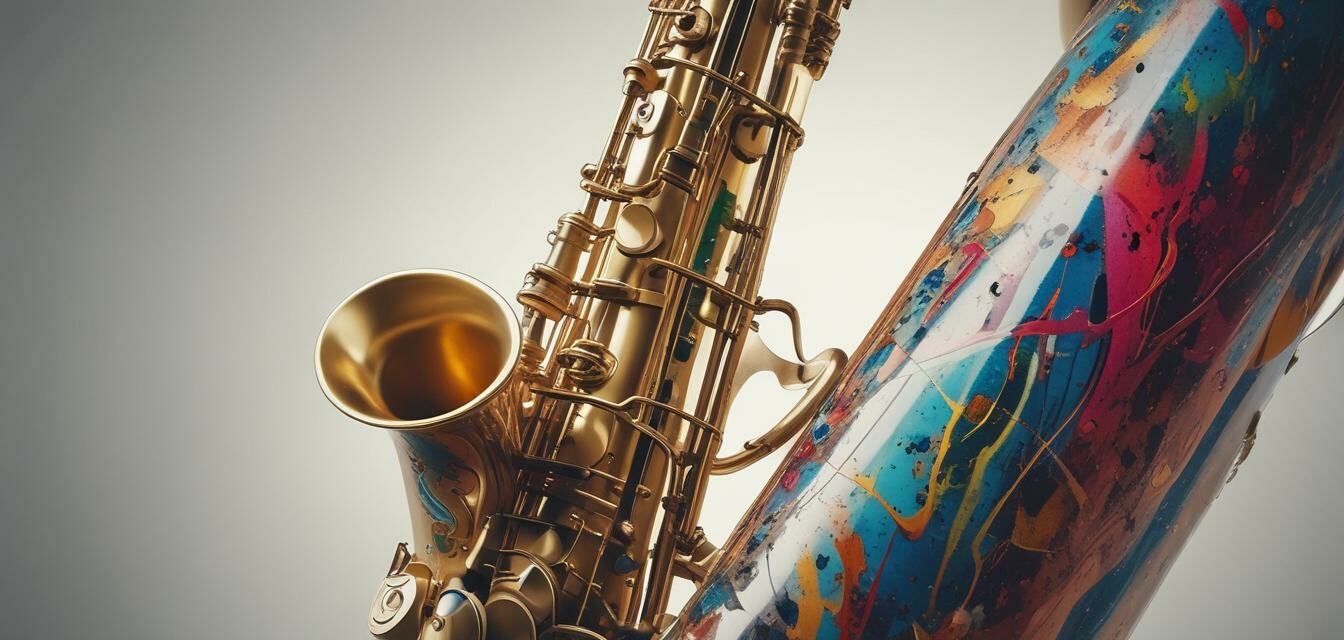
Classic vs. Contemporary: The Evolution of Tenor Saxophone Sound
Key Takeaways
- The tenor saxophone has distinct sound characteristics that vary between classic and contemporary styles.
- Classic tenor saxophone sound is often warm and rich, influenced by jazz legends.
- Contemporary saxophone sound embraces modern techniques and electronic effects.
- Understanding sound evolution helps musicians blend different styles effectively.
The tenor saxophone is a versatile instrument that has evolved significantly over the decades. From the soulful melodies of early jazz to the innovative soundspace of contemporary music, understanding how these styles compare reveals a rich tapestry of musical evolution. In this article, we will delve into the nuances of classic versus contemporary tenor saxophone sounds, the historical context surrounding each era, and the playing techniques that have emerged.
The Classic Tenor Saxophone Sound
The classic tenor saxophone sound is primarily associated with the jazz era of the 1920s to the 1960s, and it is characterized by warm, rich tones and expressive vibrato. Iconic players such as John Coltrane and Lester Young shaped the sound of this period, favoring traditional techniques that emphasized tonal richness.
Characteristics of Classic Sound
| Characteristic | Description |
|---|---|
| Warm Tone | Soft and round, often described as "smooth." |
| Expressive Vibrato | Used in slow ballads to add emotion. |
| Melodic Phrasing | Focus on melodic lines and harmonics. |
Influences on Classic Sound
- Jazz Standards: The repertoire of classic jazz played a significant role in defining the saxophone sound.
- Cultural Roots: Blues and folk music heavily influenced early saxophonists.
- Traditional Techniques: Emphasis on breath control and finger dexterity shaped the playing style.
The Contemporary Tenor Saxophone Sound
Emerging in the late 20th century, contemporary tenor saxophone sound incorporates a variety of influences, including rock, funk, and electronic music. This evolution has led to new styles, broader ranges, and innovative techniques that challenge the traditional norms of tenor saxophone playing.
Characteristics of Contemporary Sound
| Characteristic | Description |
|---|---|
| Bright Tone | Sharper, more cutting sound ideal for modern genres. |
| Extended Techniques | Use of multiphonics, slap tonguing, and circular breathing. |
| Electronic Effects | Incorporation of synthesizers and effects pedals. |
Influences on Contemporary Sound
- Fusion Genres: Blending jazz with rock, funk, and hip-hop.
- Technological Advancements: The use of digital effects shaped the sound palette.
- Global Music: Exposure to world music rhythms and scales enriched players' techniques.
Comparative Analysis
By comparing the classic and contemporary sounds of the tenor saxophone, one can appreciate how the instrument has adapted to changing musical landscapes. Below is a table summarizing the key differences:
| Feature | Classic Tenor Saxophone | Contemporary Tenor Saxophone |
|---|---|---|
| Tone Quality | Warm and round | Bright and edgy |
| Playing Techniques | Traditional vibrato, melodic phrasing | Extended techniques, electronic manipulation |
| Musical Influences | Jazz, blues, traditional genres | Fusion, electronic, diverse global music |
Conclusion
The sound of the tenor saxophone has undergone a remarkable transformation from its classic roots to its contemporary manifestations. Each style carries its unique qualities and nuances that showcase the versatility of the instrument. By understanding these differences, musicians are better equipped to explore various genres and techniques, ultimately enhancing their performance.
Tips for Tenor Saxophonists
- Experiment with different mouthpieces and reeds to discover your unique sound.
- Incorporate extended techniques into your practice routine to broaden your musical expression.
- Listen to a variety of saxophonists from different eras to understand their influences.
- Maintain your saxophone regularly, as this can significantly affect tone quality.
- Join a music group or community to share and learn from other saxophonists.
Pros
- Rich legacy of expressive sound in classic techniques.
- Dynamic and innovative playing approaches in contemporary styles.
- Wide scope for personal innovation and creativity.
Cons
- Classic techniques may feel limiting to some players.
- Contemporary sounds can require extensive practice to master.
If you are interested in improving your technique or exploring more about saxophone care, check out our cleaning and maintenance section or dive into our comprehensive buying guides for more helpful information.
Explore various musical styles with us at Musical Styles Exploring section for enriching your saxophone journey!